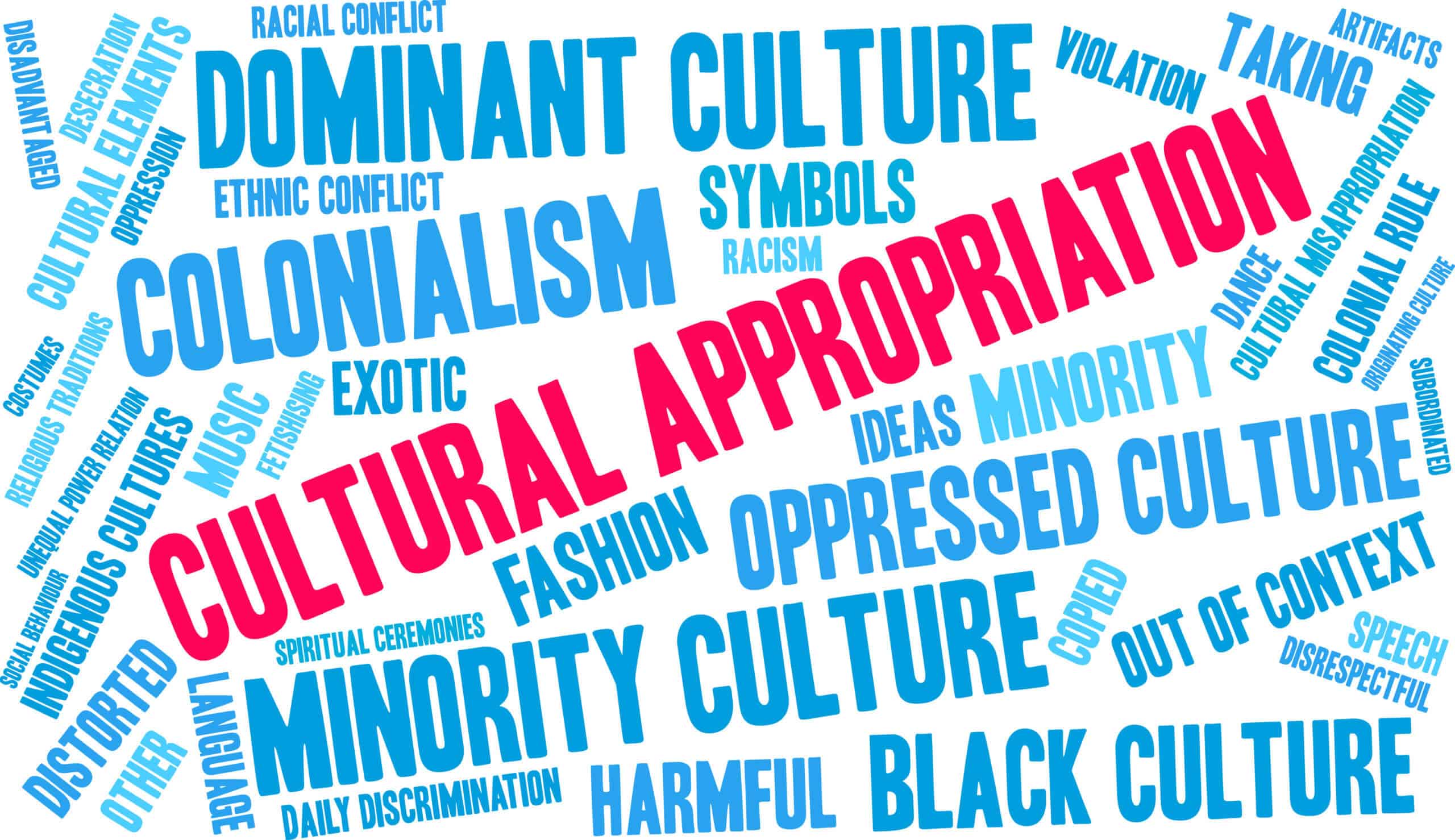As society continues to evolve, cultural appropriation has become a topic to be aware of. Here, we delve into what can be a tricky topic.
It happened to me on Halloween when I was a very young girl. There I was, very much fond of an Indian Sari that I had accepted as a gift from a distant aunt of mine, who had travelled India.
I thought the Halloween of 2015 was the perfect occasion for me to wear it, draw a small dot in the middle of my forehead and just pretend to be an Indian young girl for the rest of the night.
What could be wrong with me simply wearing such a pretty cloth, I thought? And I did not think well, as I did not make the connection (at the time) that Halloween is mostly a fiesta of looking bad, ridiculous and horrifying, and I could be giving away the wrong message of ridicule towards another culture’s traditional women clothing.
I did wear it anyways, as my friends weren’t so much deepened into what cultural appropriation really was. However, looking back at a time, I had used another culture’s tradition to simply make a statement of my own during one unimportant Halloween gathering.
But looking back, I also needed someone to come to me and let me know what I was really doing wrong.
So for the sake of explaining the terminology as well, I’ll also try to break it down when we are appropriating a culture and when we are appreciating it.
What is Cultural Appropriation?
In a nutshell, cultural appropriation is the adoption of an element or many elements that belong to a certain culture or identity, by members of other cultures and identities, used outside of their original context and even against the will/wish of the originating culture.
Usually and historically, cultural appropriation has been shown to be more present towards the members of minority cultures, from members of a dominant culture.
Appropriation can basically occur when the language, identity, symbols, music, fashion or another culture’s traditions and religion are misused, simply because, say, you want to make a fashion statement and you want to use those elements without really knowing anything related to the culture itself.
We have seen many cases of cultural appropriation ourselves, even with celebrities that were crucified from different cultural groups.
The Case of Victoria’s Secret
For instance, in 2012 Victoria’s Secret sent Karlie Kloss down the runway in a bikini combined with turquoise jewellery, and the feathered head-dress, a symbol of Native Americans, trying to pull out a “sexy Indian” costume, a failed attempt I would say.
If Karlie Kloss and VS knew any better, they would have known that headdresses have been used throughout history as a sign of respect and power in the Native American community, often worn by tribe chiefs or war heroes.
In some tribes, each feather was earned through a significant act.

By trying to use this symbol into something completely different and out of context, Victoria Secret and Karlie completely offended the Native American community as those symbols do not represent a fashion trend but rather a history.
And usually, in the context of Native Americans but also of other minority groups, their cultural precious elements relate to so many other historical elements such as colonialisation, imperialism, racism, genocide, forced assimilation, and dispossession from land, language, and culture.
This is what people have to bear in mind, when trying to simply wear other culture’s clothes out of the blue, showing zero interest in the history and background of the people of that culture.
Cultural Appreciation
On the other hand, there is another practice that can save you from being culturally appropriate.
It’s called cultural appreciation, and it provides you with the opportunity to get to know a culture more deeply, understand its context, background, the good and the bad and everything the community of that culture has had to go through.
Only then, through in depth and meaningful appreciation of that culture, can you seize the opportunity to use their symbols for and if you do that for the right cause, given that you’ll truly know what these symbols mean for them.
So here are some basic questions to keep in mind and ask yourself when you’re wondering if you should wear something from another culture that is not yours, or use an element of a community that is not yours:
- How much do I know of the originating culture of these symbols?
- Do I know anyone from the community of this culture who could get offended?
- Do I know what these symbols mean to the community?
- Do I know anything of the history and background of the community?
- Am I engaging with this culture more deeply than only on the aesthetic level?
Drawing these and other parallels of how ‘would you feel if a symbol your community appreciates deeply were to be used for commercial purposes?’ will help you understand when you’re about to be culturally appropriate, and will help you avoid unwanted scenarios.
Photos: Shutterstock
Want another thought-provoking article? What about this?
Support us!
All your donations will be used to pay the magazine’s journalists and to support the ongoing costs of maintaining the site.
Share this post
Interested in co-operating with us?
We are open to co-operation from writers and businesses alike. You can reach us on our email at [email protected]/[email protected] and we will get back to you as quick as we can.









